Muskoka Town Names
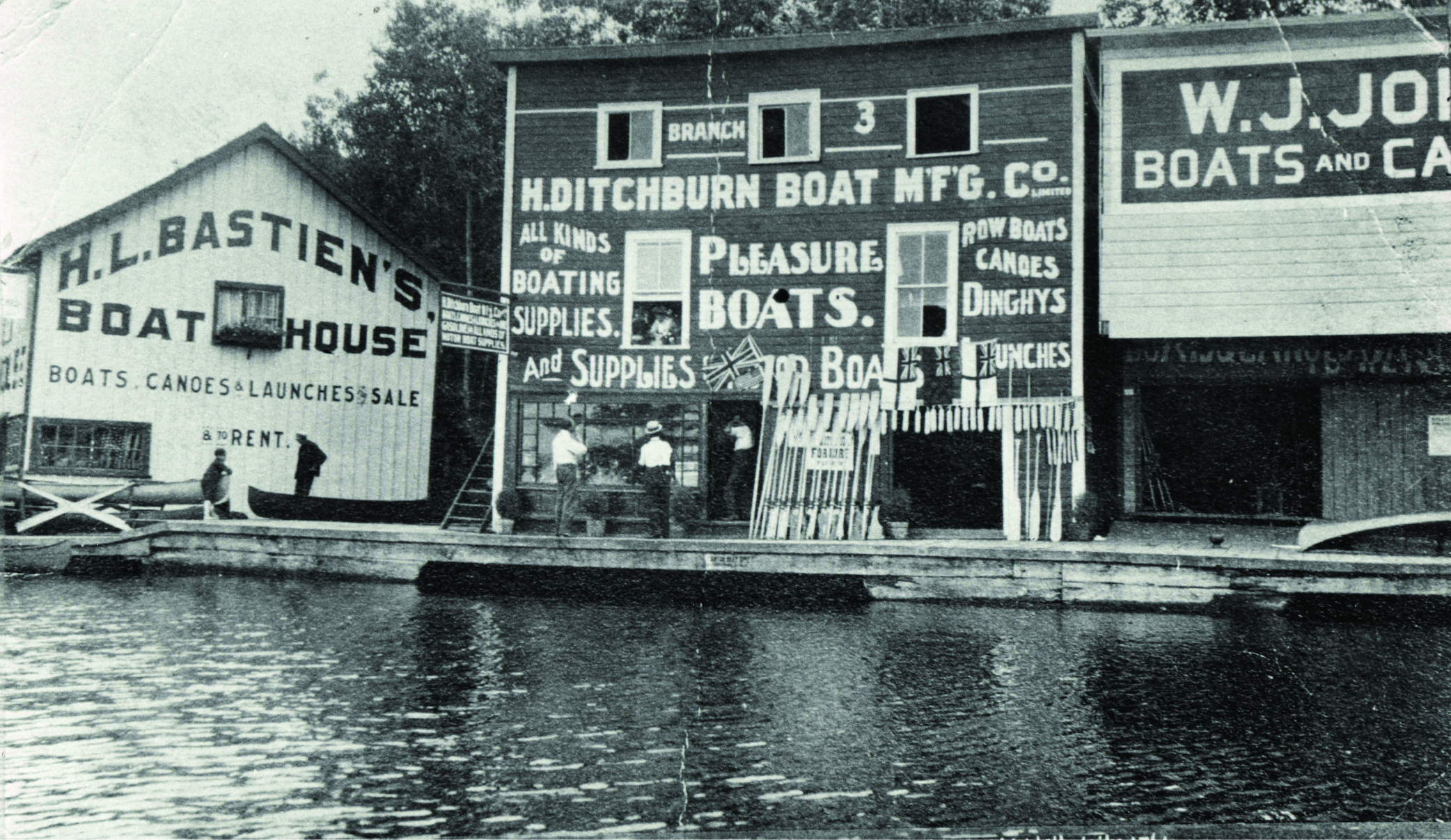
Port Carling, ON
Have you wondered how towns and villages in Muskoka got their names? It is acknowledged that many of these communities had Indigenous names used by those who lived here for many centuries. However, most of these communities were given their English monikers when they were granted permission to have post offices. They needed an official label in order to send and receive mail.
Inspired by literature
Some of these place names were assigned by officials in the government. Gravenhurst is a good example of this.
According to the book Gravenhurst: Early Days, Early Ways by C. Porter, it was named by William Dawson LeSueur, who graduated from the University of Toronto with a major in Classics. He became the chief secretary of the provincial post office.
He also became a respected book reviewer for major literary publications in North America and Europe. It is assumed that he read the books titled Gravenhurst, or Thoughts on Good and Evil. These publications were written by William Smith, published in Edinburgh in 1862 and described a fictional place called Gravenhurst. That same year, McCabe’s Landing applied for an official designation and was granted the name Gravenhurst, which became its official title on Aug. 1, 1862.
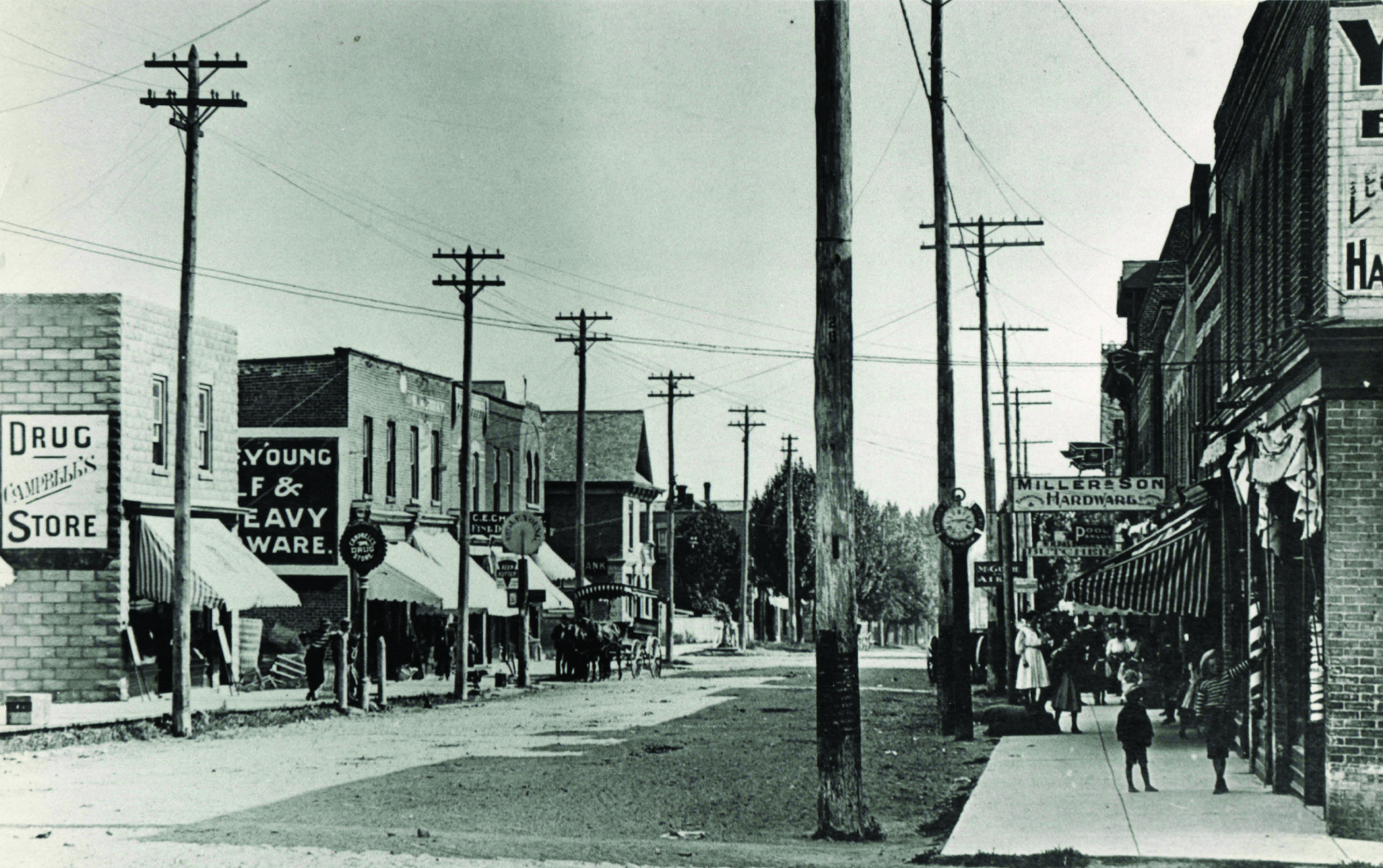
Gravenhurst, ON
LeSueur seems to have used a similar process to grant a name to the settlement at Muskoka Falls, which became Bracebridge in 1864 when it was designated as a post office. It appears that LeSueur likely chose the name from another novel, Bracebridge Hall, by Washington Irving.
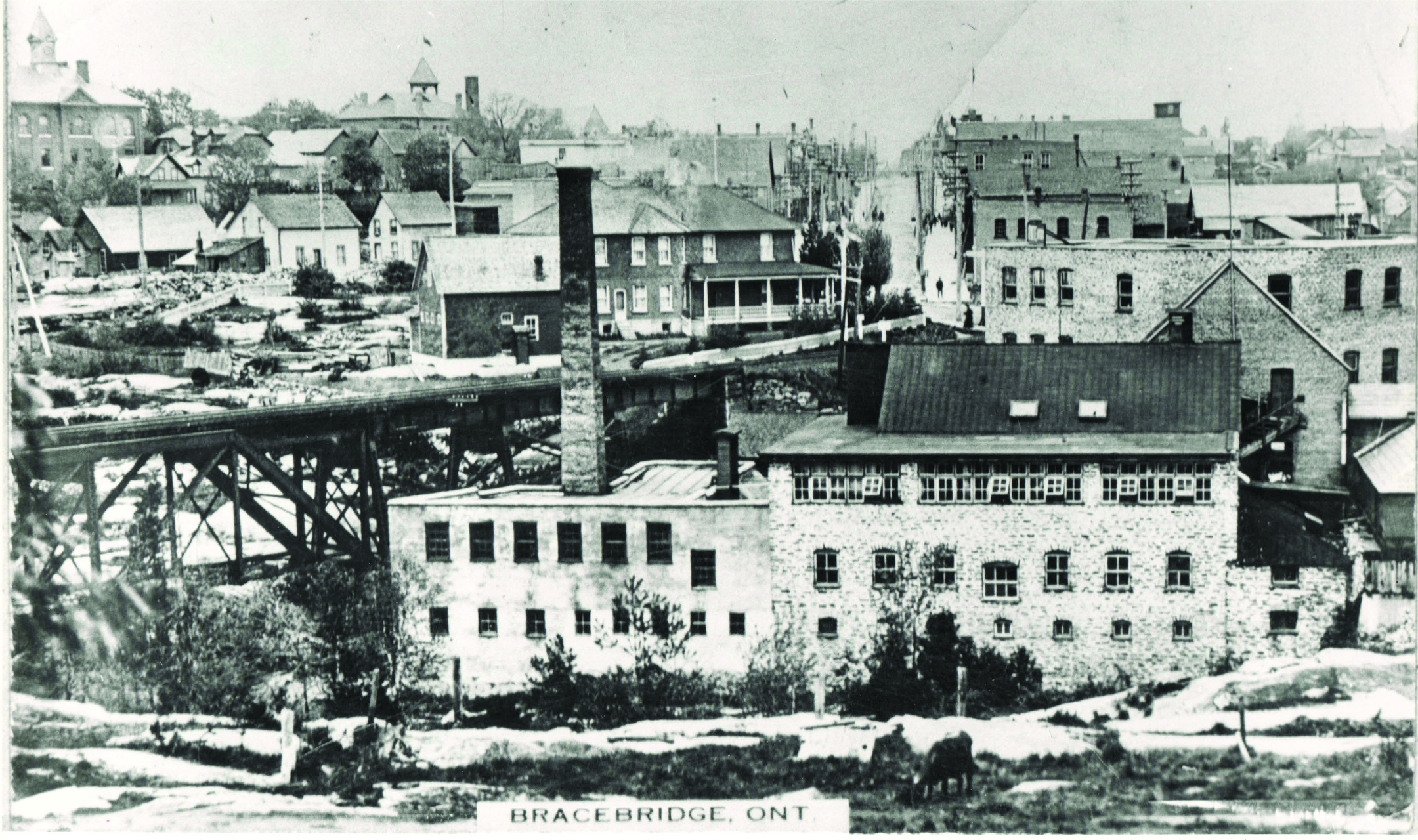
Bracebridge, ON
Named for a place
When Baysville post office was first opened in 1874, it was given its appropriate name: there are four bays in the immediate vicinity on Lake of Bays.
The town of Dorset was formerly known as Cedar Narrows. By 1860, a small English settlement was gradually establishing there. These pioneers chose the name Dorset after their former home in England.
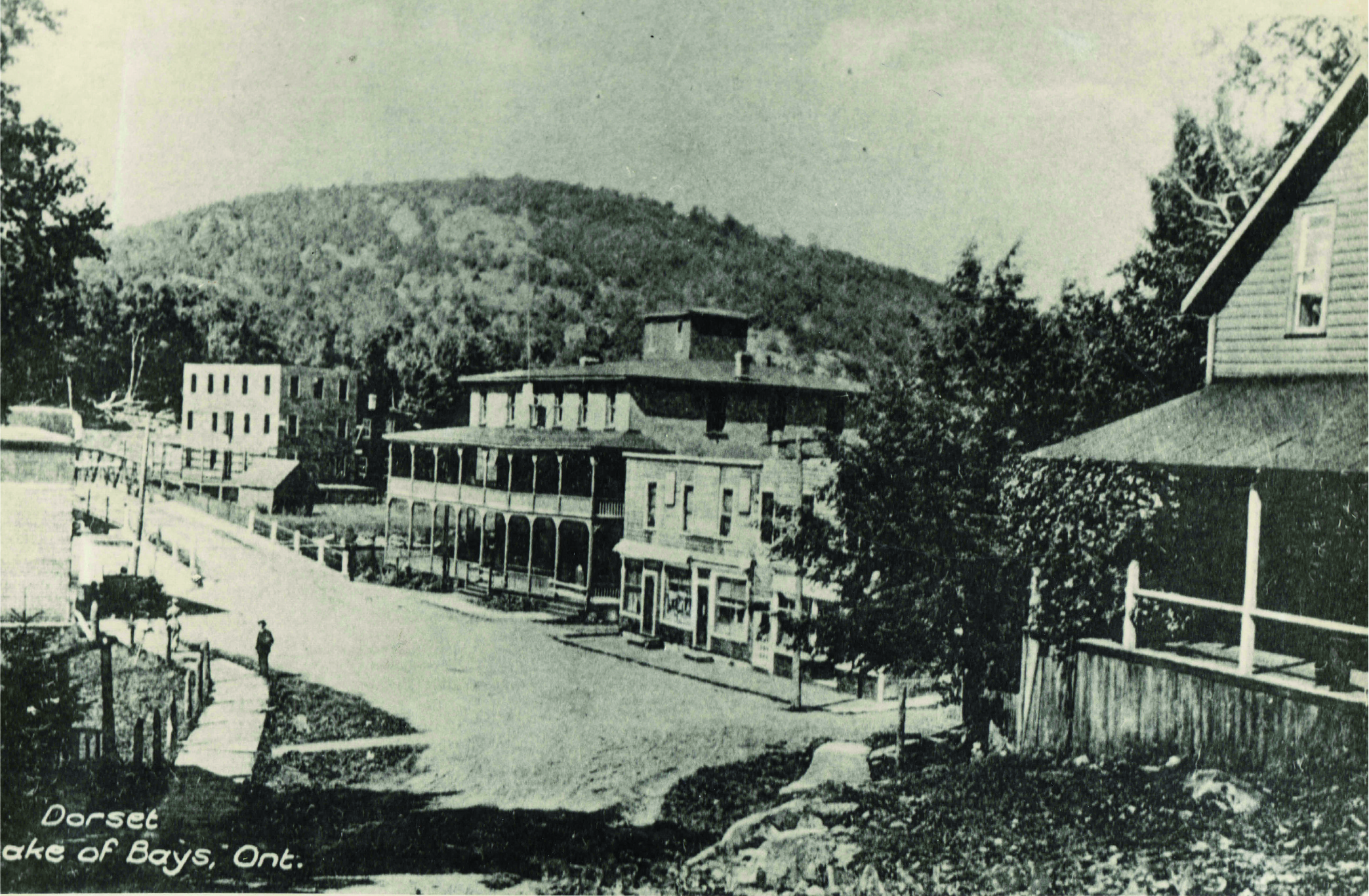
Dorset, ON
Bala is a village situated on Lake Muskoka at the entrance to the Moon River. It was settled by Thomas Burgess in 1868.
Burgess opened a sawmill and store to serve the area’s scattered settlers. He established a post office there in 1872 to which he gave it the name of his hometown in Bala, Wales.
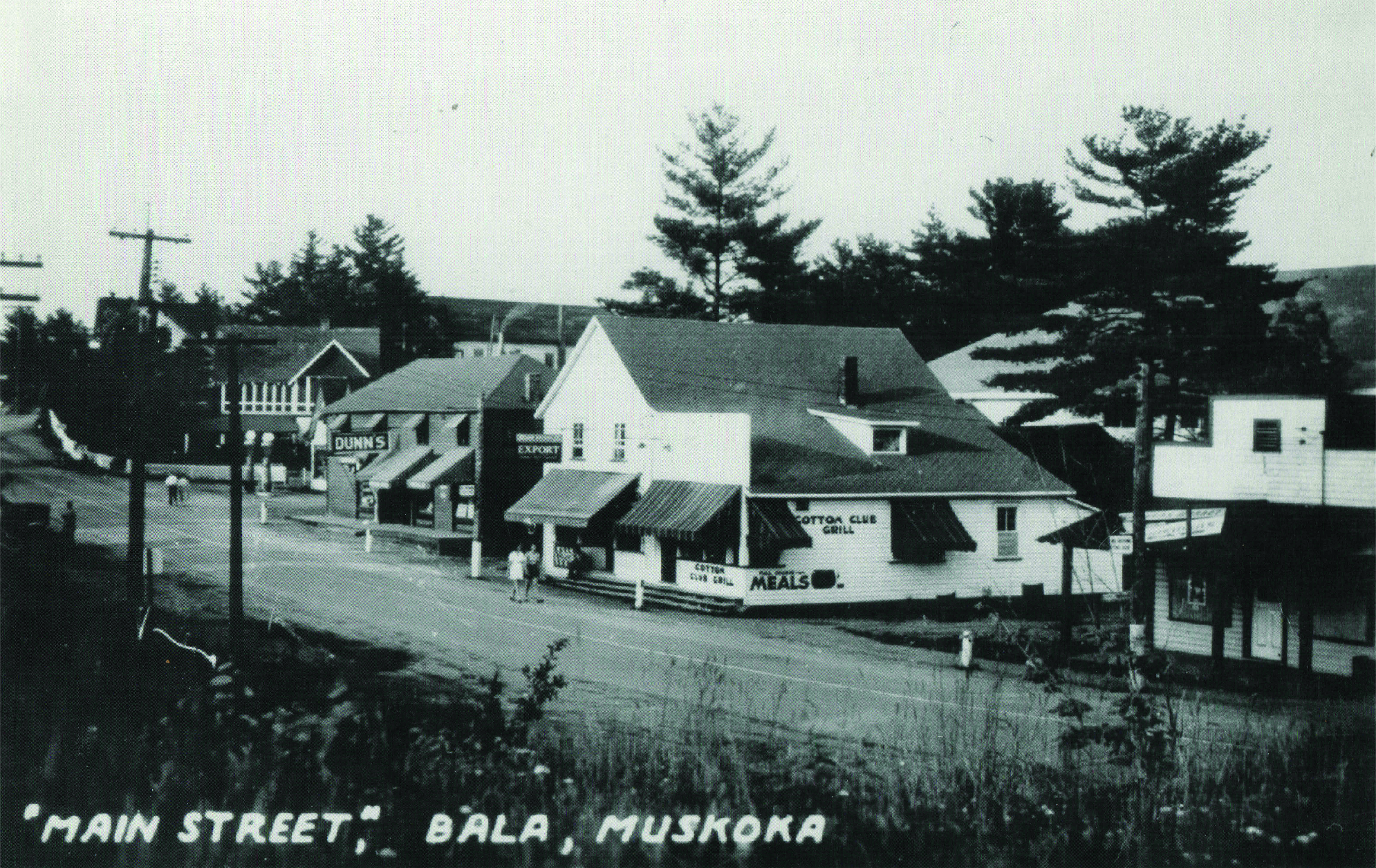
Bala, ON
Honouring people
When the first Huntsville post office opened in 1870, the settlement chose its present name honoring George Hunt, the first European who settled in the area in 1869. He also became its first postmaster.
Dwight, located on Lake of Bays, was regarded as a good hunting area by Indigenous inhabitants. Eventually Europeans discovered this area, and agreed it was a beautiful place to set up their own hunting camps. One of these sportsmen was Harvey Prentice Dwight who was the owner and president of the Great Northern Telephone and Telegraph company.
He installed the village’s first telegraph so that he could spend more time at his hunting camp there and away from his office in Toronto while still being able to do business. Many of his neighbours there took advantage of his capabilities to send and receive messages through his generosity.
When a post office was officially granted to the village in 1885, the settlers decided to continue the use of Dwight’s name on this new system of communication as they had casually done in the past.
In 1871, there was a small settlement in the Port Sydney area on the shores of Mary Lake and the upper North Muskoka River. One of the settlers was David Hogaboam, who became the first postmaster at what was known as the Mary Lake Post Office.
However, that same year, Albert Sydney-Smith acquired 200 acres of land a little farther south with a dream of developing a subdivision. This was the foundation of the village we know today. He opened the post office there in 1874, and named it after himself.
Port Carling was known to the Ojibway who were living there in the 1850s as Obajewanung or Obogawanung. European settlers at first called it Indian Gardens. As settlers moved there in increasing numbers in the 1860s, the Ojibway moved to Parry Sound but continued to summer in Port Carling.
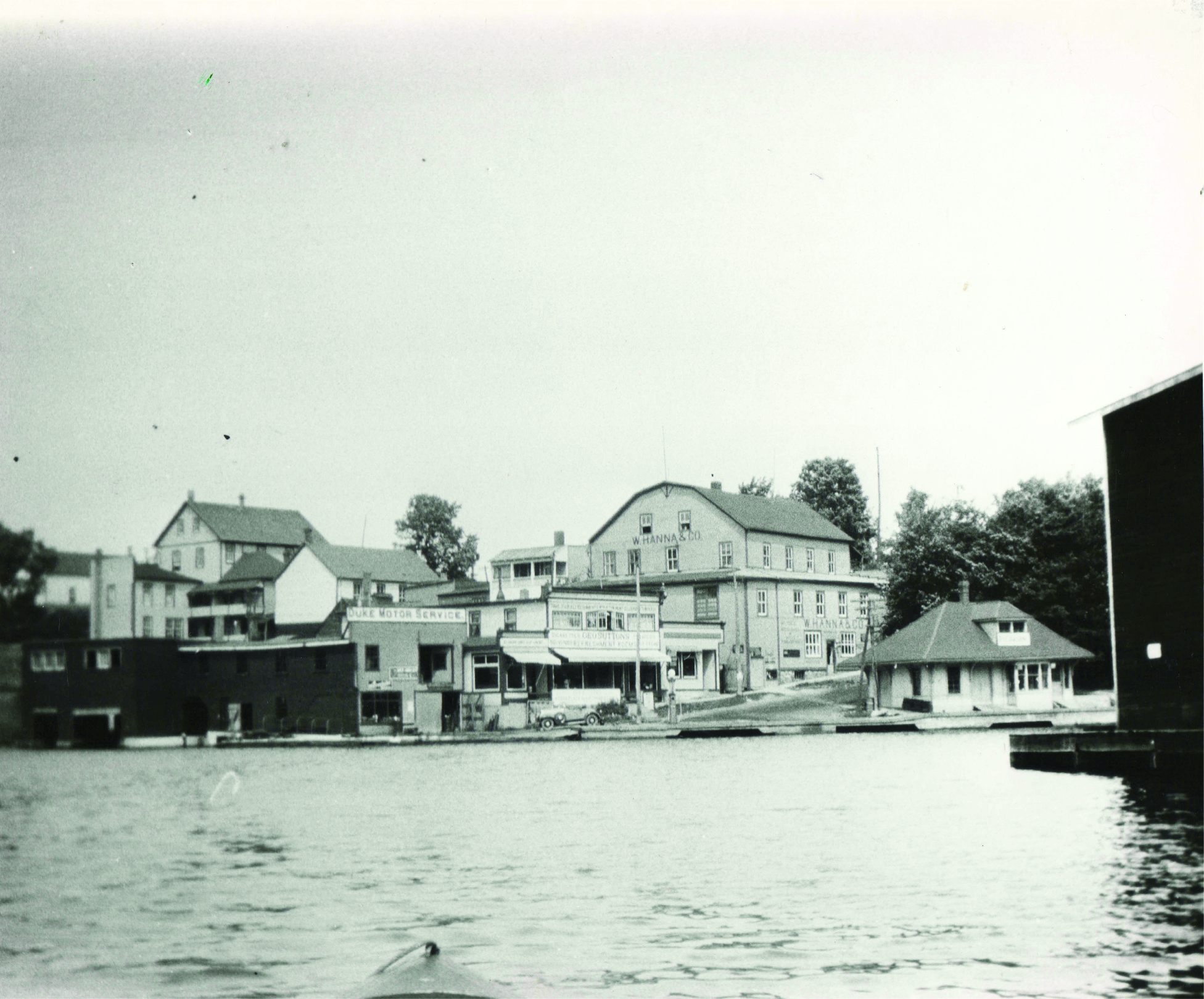
Port Carling, ON
In 1869, Benjamin Hardcastle Johnston established a post office there and named the village after John Carling, who was the Ontario Minister of Public Works at that time. Carling encouraged the building of the locks between Lakes Muskoka and Rosseau, which were completed in 1871.
Port Sandfield boasts a man-made canal that joins Lakes Rosseau and Joseph. A small settlement began there when the canal was being built in 1870. In 1882, the hamlet was named after John Sandfield MacDonald, who was then the Premier of Ontario and who assisted with funding the building of both this canal and the Port Carling locks.
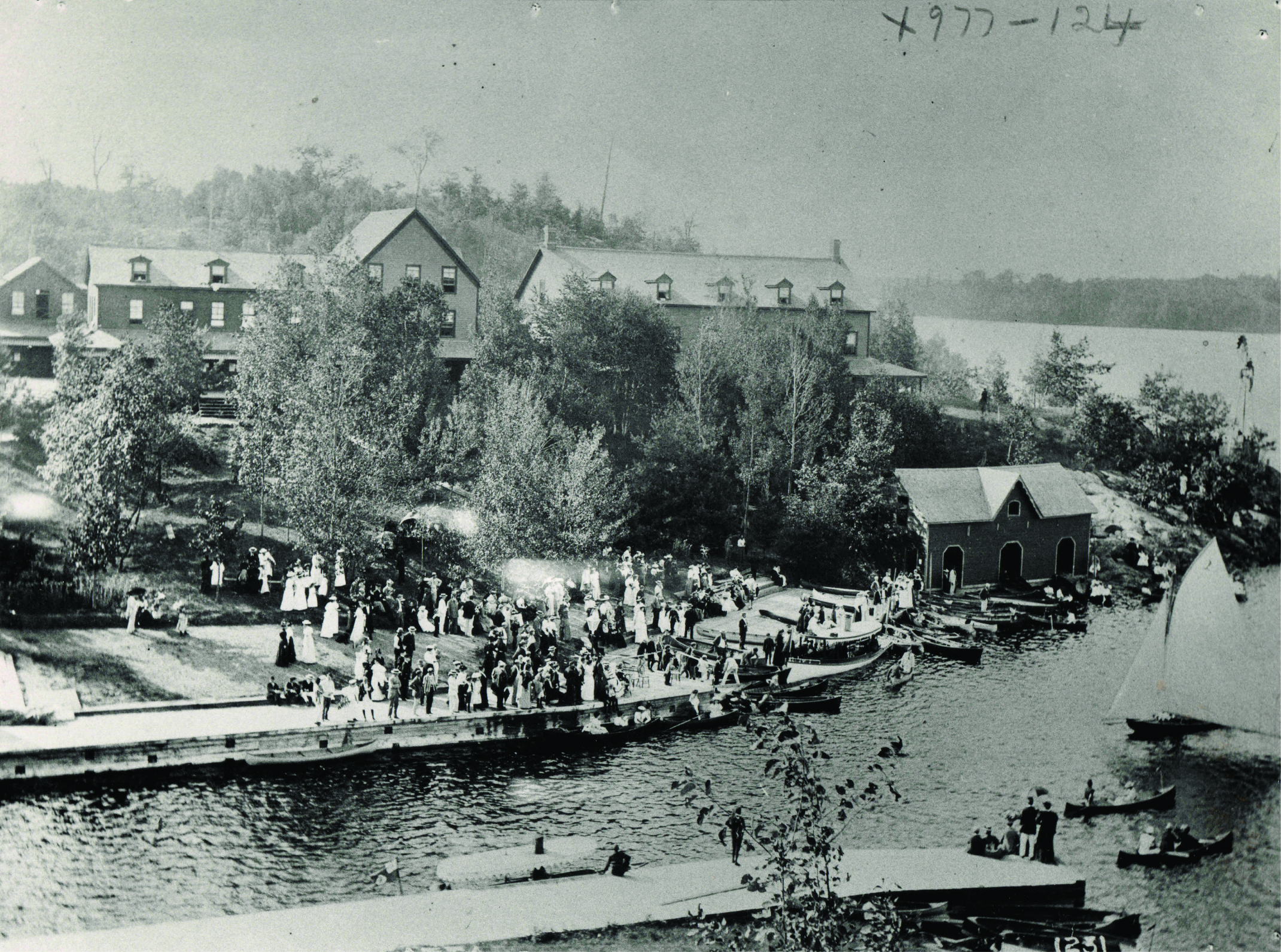
Port Sandfield, ON
MacTier is a lovely small town on the shores of Lake Stewart. As it was halfway between Toronto and Sudbury, the community was created as a division point at Muskoka (Mile 126) for the Canadian Pacific Railway. It was a suitable stop for building a yard and a roundhouse to refuel and to do needed repairs.
As the community grew – mainly with railway men and their families – a Post Office was needed. Between 1909 to 1915, it was called Muskoka Station. However, their mail was getting mixed up with Post Offices in Muskoka Falls and at Muskoka Wharf. Therefore in 1915, the postmaster, Hugh Anderson, asked for permission to change the village name to MacTier after A.D. MacTier, who at that time was assistant to the vice president of the CPR.
Eileen Godfrey, Archives Volunteer



